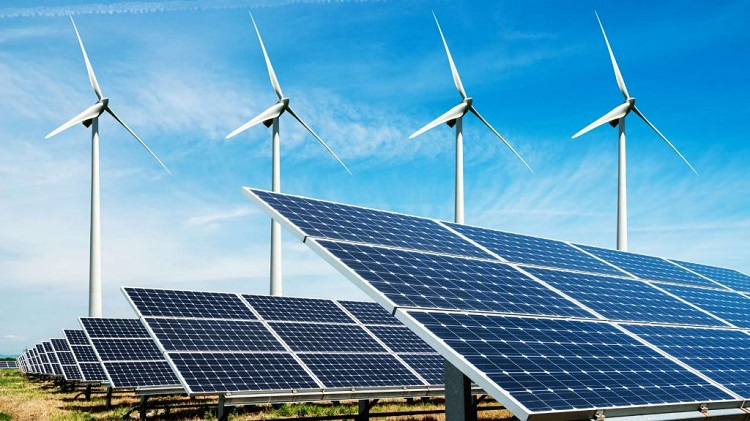
The U.S. electricity market has never been simple but it has relied on highly predictable models.
Loads are high during very hot and very cold months. Residential loads are lower during the day when many people are at workplaces outside their homes.
Even then, the price for electricity on the wholesale market fluctuates every five minutes based on demand. Adding renewable energy to the mix greatly complicates matters. Historical methods that predict supply and demand are not accurate. Supply varies as the wind blows, or doesn’t, and the sun shines, or doesn’t. Pricing electricity to maintain market equilibrium becomes a fast-moving target with ever more uncertainty.
We don’t have an app for that–yet–but we do have engineers. And they are on it.
Vanderbilt risk and reliability experts are part of a $3.25 million Department of Energy project to develop new machine learning algorithms that support decision-making in near real time. The project is led by Georgia Institute of Technology in concert with MISO, the Midcontinent Independent Supply Operator, a power consortium that operates the grid in all or parts of 15 states.

“The impact stands to be enormous,” said John R. Murray Sr. Professor of Engineering Sankaran Mahadevan. “This approach has the potential to transform how system operators plan and operate the U.S. grid, leveraging renewable energy sources, while minimizing the system risk.”
Mahadevan and Hiba Baroud, assistant professor of civil and environmental engineering and Littlejohn Dean’s Faculty Fellow, will lead Vanderbilt’s efforts. Their team will develop comprehensive risk metrics to support operational decisions that account for fluctuations and economic impact and handle statistical analysis of historical data to identify patterns and relationships among the many factors. They will use machine learning to speed up decision making, based on optimum decision solutions Georgia Tech generates for multiple scenarios.
The goal of the project—Risk-Aware Market Clearing—is a blueprint for an end-to-end, data-driven approach that balances cost and minimizes system-level risk. Market clearing is the process that keeps the supply level to the demand with no leftover of either.

Central to the project is a new statistical approach to forecast supply and demand. Historically the electricity market has relied on deterministic models, which predict outcomes with near certainty. Recent and fundamental advances in risk assessment, computational statistics, optimization and machine learning make it possible to use stochastic models that consider inherent randomness and uncertainty.
MISO, which acts much like an air traffic controller for the electric grid, has used traditional prediction models at three different time horizons: 24 hours, 15 minutes to three hours, and 10 minutes. But each projection has become increasingly affected by evolving factors that include randomness in renewable generation, load fluctuation with solar panels “behind” meters and extreme weather.
Wind energy makes up more than 15 percent of MISO’s energy portfolio, and forecasting challenges will only grow as the asset mix relies more on renewables and less on fossil fuels.
The team will use six years of historical data to build and train neural networks. The historical data covers:
• Renewable resource forecasts, including over 200 wind generators
• Interchange and loop flows
• Load forecasts for 38 Local Balancing Authorities
• Generator non-compliance and status changes such as outages
• Extreme weather events related to emergency conditions
“We will leverage ideas developed in actuarial science to develop a composite risk metric that is similar to credit scores used in the financial industry, where we learn system-level risk based on many factors, individual asset risks and their correlations,” Baroud said.
The project is one of 10 funded by DOE’s Advanced Research Projects Agency in April 2020 as part of the Performance-based Energy Resource Feedback, Optimization, and Risk Management (PERFORM) program. These projects will work to develop innovative management systems that represent the relative delivery risk of each asset, like wind farms or power plants, and balance the collective risk of all assets across the grid.